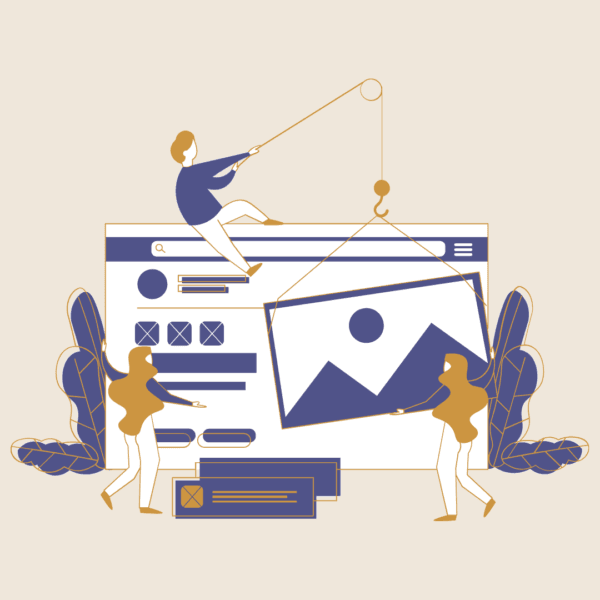
Perspective is the lens you see the world through, your mix of experiences, beliefs, and emotions. It reminds us that no two people see things the exact same way, and that’s what makes communication, creativity, and collaboration both challenging and beautiful.
Because how you interpret situations shapes your decisions. In business or design, perspective affects everything from how you understand your audience to how you solve problems. Expanding your perspective helps you build connections and make wiser, more empathetic choices.
Stay curious. Listen to others’ stories, ask questions, and challenge your assumptions. The more perspectives you explore, the more complete your understanding becomes, whether you’re leading a team, designing a website, or navigating life.
“You have your way. I have my way. As for the right way, the correct way, and the only way, it does not exist.” – Friedrich Nietzsche
Everyone has different lives with different experiences. Our experiences shape the way we think, behave and communicate. Every person’s perspective or point of view of how the world works is what allows us to understand reality.
However, since no two people are alike, everyone’s understanding will be different. Sometimes they may clash against each other, but sometimes they harmonize.
In the business world, perspective taking or the ability to step outside of our own viewpoint and into someone else’s is very valuable.
From reading Daniel Pink’s To Sell Is Human, the best skill to have for today’s non-sales selling is to be perceptive of other people’s emotions, perceptions, motivations and more importantly, the manner of how others think.
This skill is called attunement or power to adjust oneself so that both sides benefit.
One way to attune ourselves with others is to see the world through their eyes and get inside their heads. How?
By truly listening, observing and understanding others, we can see the mental map of the big picture of others’ goals and what makes them tick.
By imagining what others are thinking, we can come up with new possibilities to improve our business and how it benefits others.
To improve our imagination and come up with creative insights, we must do different things all the time.
Doing different activities such as watching random shows, working on different projects and talking with various people everyday enriches our mind and our perspective.
To better illustrate this, let us take the definition of perspective in terms of graphical interfaces. For example, there is the one point perspective that contains only one vanishing point.
This perspective shows that the farther you are from the vanishing point, the more you see, but the closer you get, the less you encounter. Why? Because if a person is too attached to their own viewpoint, the more he/she thinks that is the only and correct way to do anything.
By expanding our perspective, we see a bigger picture and become more open-minded.
There are also zero, two or three vanishing point perspectives which create the illusion of 3-D in space. These multiple vanishing points stand for the different angles one can attune to in certain situations.
In terms of visual perspective, it is “a set of systems or mechanisms used to produce representations of objects in space as if seen by an observer through a window or frame.”
Finding the right frame to differentiate our business from competitors is essential to attract new customers.
In addition to website design, perspective is also important when determining different user roles a website can have. Each role signifies the permissions, actions and resources a member may have access to. Not all roles are created equal.
For example, administrators have the ability to make any types of changes. Moderators may have the ability to edit any contents, but not always have the ability to add new contents. Normal users can only see the contents, but cannot edit or add new ones. Other roles can be defined depending on the stakeholder’s position.
The power to change permissions for each user is valuable for complex websites such as forums, portals, social networking and other data driven sites where multiple users have different goals and strengths.
All of these roles have to be determined by the business owner or the staff who are going to manage the website.
Thus, the business owner must know their business inside and out.
Who are the different users for your website and what can they do?

Frances Naty Go, Founder of Goldlilys Media, transforms websites into strategic masterpieces for museums, nonprofits, health & wellness brands, higher education, life sciences, travel companies, personal brands and small businesses. With a Computer Science degree from UC San Diego, she specializes in creating digital experiences that educate, engage, and inspire action. Ready to make your digital presence unforgettable?





